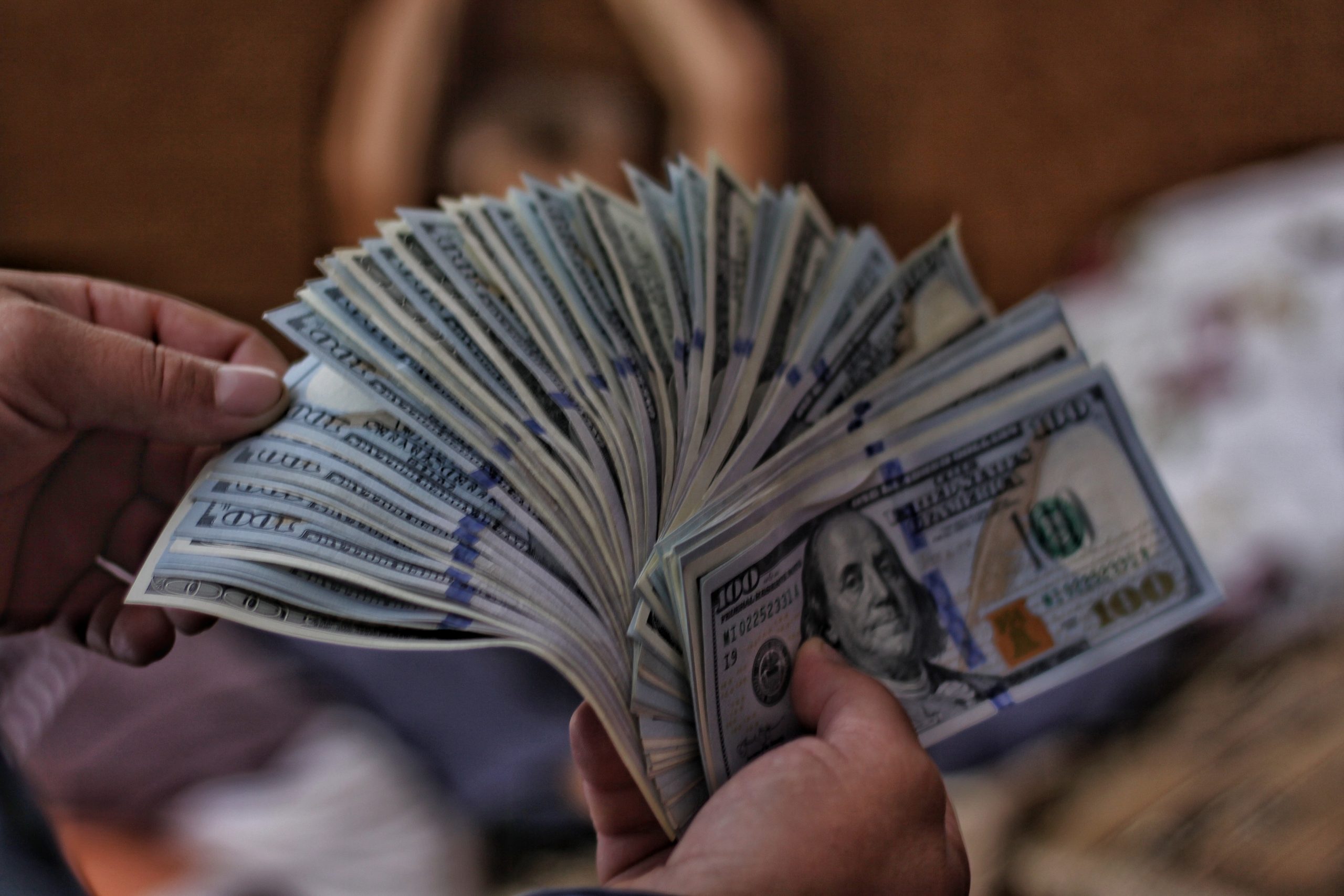Have you asked yourself, “How much money can I get from a reverse mortgage?” Keep reading to learn how much your maximum reverse mortgage amount is determined.
How much money can I get from a reverse mortgage?
How much money can you borrow on a reverse mortgage will depend on a variety of factors, including the reverse mortgage lender, your payment plan, and how much equity for a reverse mortgage you can offer.
Are you interested in learning how much you can qualify for? Get Started.
Are there any special limits for HECM reverse mortgages?
With a Home Equity Conversion Mortgage (HECM), the amount you can borrow will be based on the youngest borrower’s age, the loan’s interest rate, and the lesser of your home’s appraised value or the lending limit imposed by the Federal Housing Administration (FHA), which is currently set at $765,600.
What is the maximum reverse mortgage amount you can loan?
The following is a non-exclusive list of factors that are normally considered in determining the maximum reverse mortgage amount that you can loan:
- The youngest borrower’s age or the youngest spouse’s age (in case of an eligible non-borrowing spouse). The older the youngest borrower is, the higher the reverse mortgage amount.
- The type of reverse mortgage you select. The lower the mortgage rate of your selected reverse mortgage, the higher the reverse mortgage amount.
- The current interest rates. The interest rates for HECM reverse mortgages are based on a 10-year swap rate. The higher the swap rate, the higher the reverse mortgage amount
- The appraised value of your home or the FHA lending limit, whichever less. The higher the appraised value of your home, the higher the reverse mortgage amount.
Do HECM reverse mortgages have a minimum income requirement?
With HECM, there is generally no specific income requirement. However, borrowers are required to undergo reverse mortgage counseling sessions to ensure that they have everything they need to make a well-informed decision as to whether or not they should get an HECM reverse mortgage. In addition, borrowers are required to take a financial assessment test to ensure that they can manage housing-related expenses, such as property taxes and homeowners insurance.
Want more program details? Download a FREE Reverse Mortgage Toolkit.
How much equity for reverse mortgage do you need?
As already mentioned, your maximum loan amount depends partly on the appraised value of your home. However, you cannot get 100% of your home equity. Assuming that the value of your home does not exceed the FHA lending limit, your maximum reverse mortgage amount, called your “Initial Principal Limit,” is calculated by your lender based on the following.
Note that the formula in calculating the Principal Limit is based on the appraised value of your home or the National Lending Limit (NLL); whichever is less. For example, if the value of your home is $650,000, your principal limit equals $650,000. However, if the home value exceeds the NLL, then the principal limit equals to the lending limit, which is $765,600.
Principal Limit = Maximum Claim Amount ($) x the Principal Limit Factor (%)
or
Principal Limit = MCA X PLF
Example:
A homeowner, who is 62 years old, has a home value of $650,000. Following the formula given above, the Principal Limit will be $340,600:
Principal Limit = MCA x PLF
= $650,000 x 52.4%
= $340,600
Note also that the older you are, the higher the percent of Principal Limit you will get.
Example:
A homeowner, aged 90 years old, with a home valued P650,000, can have a Principal Limit of P487,500:
Principal Limit = MCA x PLF
= $650,000 x 75%
= $487,500
Are you interested in learning how much you can qualify for? Get Started.
How much can you get from a reverse mortgage?
In 2015, A new FHA rule was created. The rule limits how much money you can access in the first year of your loan.
With a reverse mortgage, all existing home loans and liens must be paid off. The rule allows you to access only 60% of your Principal Limit in year one to pay all your liens, and you may also have an additional 10% in cash, if you may wish to, so long as the total is less than the Principal Limit.
Example #1:
A 62-year old homeowner has a $650,000 home that’s paid off. The solution below shows how much money he can get in year one.
Principal Limit = MCA x PLF
= $650,000 x 52.4%
= $340,600
Proceeds Year 1 = Principal Limit x 60%
= $340,600 x 60%
= $204,360
The 60% rule limits the borrower to borrow an amount of $188,640 in year one. The remaining proceeds will be accessed by the borrower at the beginning of year two:
Proceeds Year 2 = Principal Limit – Proceeds Year 1
= $340,600 – $204,360
= $136,240
Example #2:
A 62 year old owns a $650,000 home with a $200,000 mortgage. He can access $200,000 to pay off the mortgage, plus 10% of his Principal Limit. Therefore, he can get $234,060 at closing.
Principal Limit = MCA x PLF
= $650,000 x 52.4%
= $340,600
Proceeds Year 1 = Mortgage + (Principal Limit x 10%)
= $200,000 + ($340,600 x 10%)
= $234,060
The remaining amount can be accessed by the borrower at the beginning of year two:
Proceeds Year 2 = Principal Limit – Proceeds Year 1
= $340,600 – $234,060
= $106,540
All in all, the amount that you can borrow will be based on the factors discussed above. In summary: the older you are, the higher the value of your home, and the lower your interest rates, the higher your maximum reverse mortgage amount will be.
Are you interested in learning how much you can qualify for? Get Started.




